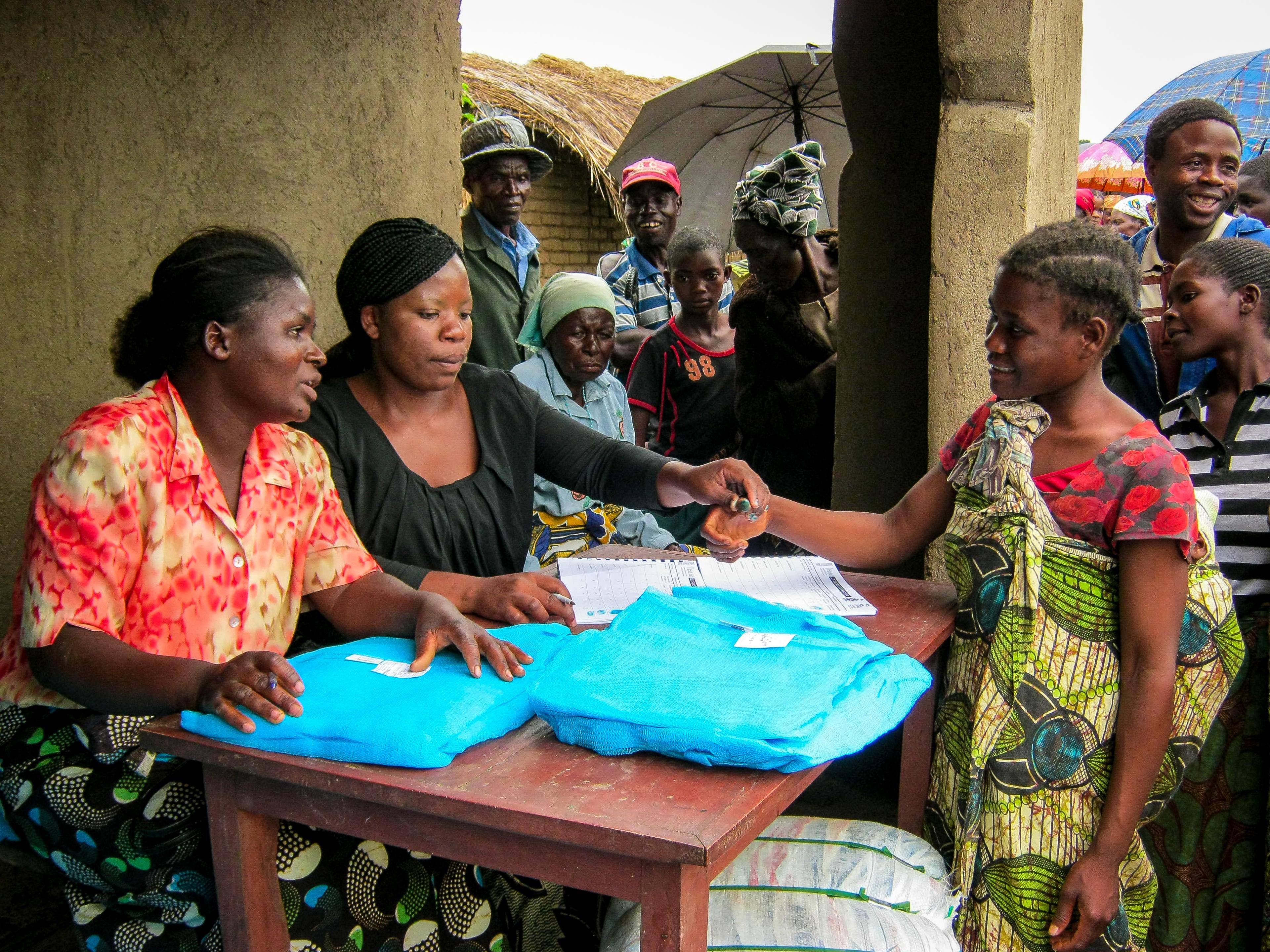Everything you always wanted to know about the pledge (but were afraid to ask)
Have you ever wondered whether the Giving What We Can pledge is right for you? Do you have unanswered questions which make you hesitate about signing up?

Recently Giving What We Can staff have been devoting some of our time to reaching out to people who are familiar with our work, to see how well we’re communicating our ideas, and to encourage more people to get involved. This has helped us identify a few recurring questions about the Giving What We Can pledge, so I thought I’d use this post to answer four of the most common ones.
1. I’m not earning an income right now/I’m a student, so I can’t afford 10%
For many people who are studying or unemployed, it may be much harder to give 10%. However, the Pledge commits members to giving 10% of their income. For any period where members are not earning an income, we suggest that they instead donate at least 1% of their spending money. This is a good way to create or maintain a habit of giving to effective charities, which we believe sets members up well to donate more once they start earning a salary.
Still, it’s understandable that some people remain unsure about committing to donate income that they don’t yet have. However, about 46% of our members joined as students, and we’re starting to see some of the effects of their donations as they graduate and move into work1, suggesting that pre-committing is a promising strategy for ensuring you act on your intentions to donate in future.
2. Why is the pledge 10%?
10% is no magic number, but it is one that we think strikes a good balance. The average percentages donated in the UK and US, for most income brackets, seems to be about 1% - 5%2, so the Pledge represents a significant increase on this. However, for most people in affluent countries, it can be achieved without huge sacrifice. For instance, if you and a partner live on the median household income3 in the UK and have one child, we estimate that you’re in the richest 10.7% of the the world’s population. If you were to give 10% of your income, you’d still be in the richest 11.9%, earning 10 times the global average income. To see whereabouts you stand in the global income distribution, take a look at our How Rich Am I calculator.
Another reason to think that 10% is a good number to aim for is that there’s a historical tradition of donating 10% of one’s wealth, as shown by the inclusion of tithing in various religious traditions. Giving What We Can is not affiliated with any religion (we welcome members who are religious and non-religious alike), but the fact that many communities have succeeded in normalising giving 10% is an encouraging sign that this level of giving could become a norm more widely.
3. I’m already giving 10% or more - what’s the point in taking the Pledge?
It’s always exciting to meet people who had the idea to donate a substantial portion of their income before they heard about us. Some of these individuals are enthusiastic about Giving What We Can’s work but are skeptical about the benefits of joining the community.
The best indications of why it’s still a good idea to pledge come from listening to members who were already giving or intending to give 10% or more when they joined. Roughly 18% of our members are in this group - having spoken to many of them, we’ve found that a key reason they joined was to help Giving What We Can grow and inspire more people to give.
Studies have shown that increasing visibility of donations, especially among peers, helps to create more charitable giving4. More anecdotally, I often hear that members value being part of a wider community of givers, and that part of the reason is that being able to reference a wider group who are also committed to giving 10% makes it easier to talk to others about their giving. This is important for the growth of the movement, since we’ve found that the most common way that new members hear about us is through their friends.
What’s more, it’s easy to lose track of our commitments, so even if you are giving 10% now it’s hard to be certain that you’ll continue to do this in future. The Pledge can act as another layer of accountability, both because members are making a public commitment, and because we follow up with our members to keep them motivated and give timely reminders of their pledge to give.
4. I donate to charities which aren’t on your list of recommended ones - can I still take the Pledge?
A distribution of insecticide-treated bednets by the Against Malaria Foundation, one of Giving What We Can's recommended charities.

While Giving What We Can conducts research and offers recommendations about where and how to donate effectively, the Pledge does not require you to give to our recommended charities. The only requirement is that you give to the organisations which you believe will most effectively improve the lives of others. So while we think that the decision about where you donate to fulfil your Pledge is just as vital as the commitment to give more, it is definitely within the spirit of the pledge to give to organisations not specified by Giving What We Can.
Some members donate to non-poverty interventions, for instance improving animal welfare by following Animal Charity Evaluators’ recommendations, or mitigating existential risks by funding research through organisations like the Future of Humanity Institute. What’s more, wherever you decide to donate you will still be able to keep track of these donations using our My Giving feature.
So, to sum it all up: As a member of Giving What We Can you only give when earning, you will still be in the global rich, you will help make giving 10% more normal, and you can use your own head in deciding where to give. If you’d like to chat about the pledge, feel free to get in touch with me here (alison.woodman@givingwhatwecan.org). If you’re ready to take the pledge now you can do so here, or if not, why not sign up to try giving here?
For answers to other common questions about Giving What We Can, take a look at our FAQ page__. If you can’t find your questions there, or would like more information, please email us (info@givingwhatwecan.org).